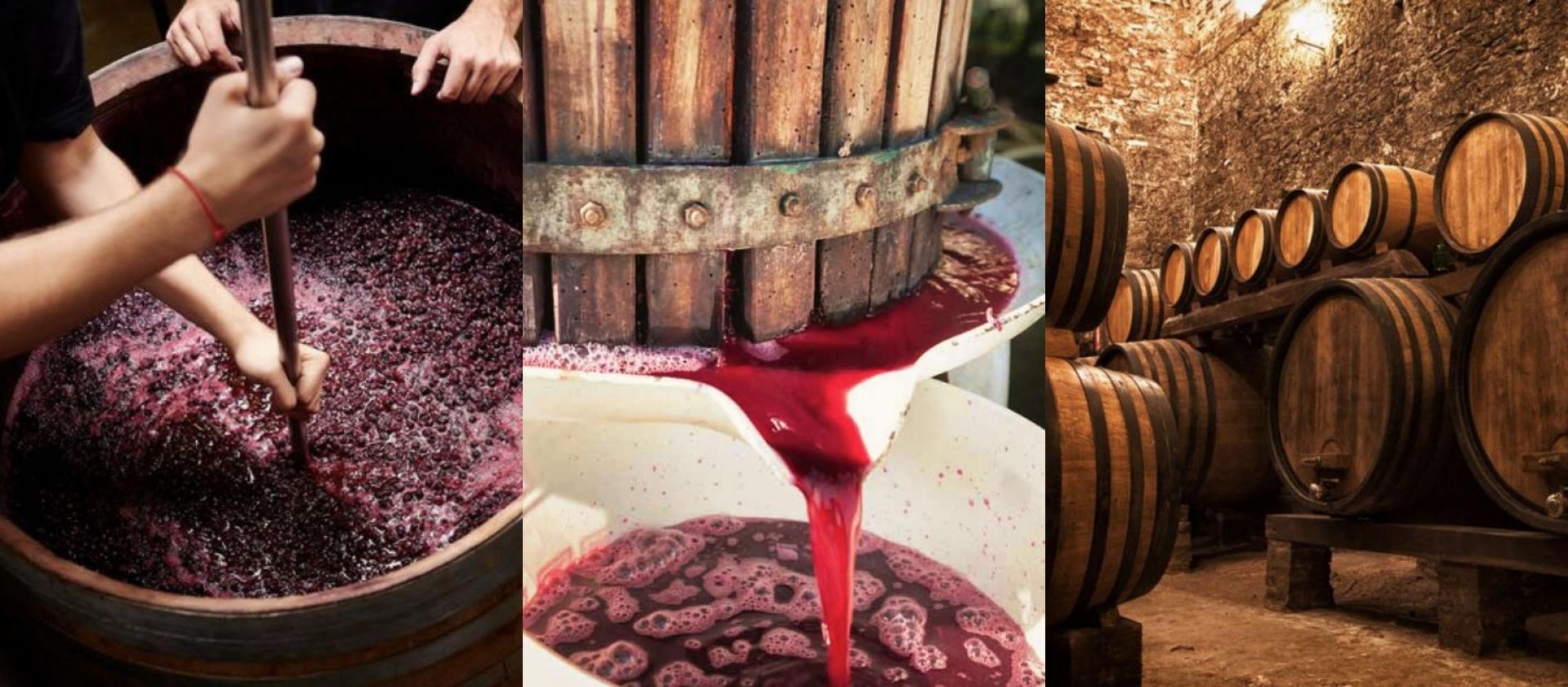Registration Opens
1 May 2024
Judging
Date
24 & 25 March 2025
Winners Announcement
22 April 2025

In recent years, winemakers have witnessed a growing fascination with wild ferments, a process that relies on the use of indigenous or wild yeasts present in the vineyard and winery environment. This departure from commercial yeast strains has sparked intrigue and debate among industry professionals. Let’s explore the increasing interest in wild yeasts, highlight an example of its implementation, and discuss the advantages and disadvantages of forgoing commercial yeast in winemaking.
Winemakers are turning their attention to wild yeasts because of their potential to enhance complexity, express regional characteristics, and create unique flavor profiles in wines. The natural yeasts present on grape skins and in the winery environment bring an expression of terroir, contributing to a sense of a specific vineyard's essence in the resulting wine. As an example, Domaine Leflaive, a renowned Burgundian producer, has embraced wild ferments for their white wines, allowing the indigenous yeasts to highlight the nuances of their vineyard sites, resulting in highly sought-after and distinctive Chardonnays. Another notable example of a winery embracing wild ferments is Foradori in Trentino, Italy. This biodynamic winery, led by winemaker Elisabetta Foradori, has gained recognition for its commitment to natural winemaking practices. Foradori's use of indigenous yeasts found on the grape skins and in the cellar contributes to the authenticity and uniqueness of their wines. By allowing the wild yeasts to spontaneously initiate fermentation, Foradori aims to capture the true expression of their vineyards and showcase the essence of their terroir. The resulting wines possess a distinct character and reflect the specific microorganisms present in their environment. Foradori's dedication to wild ferments aligns with its holistic approach to winemaking, emphasizing minimal intervention and the preservation of biodiversity.
One of the primary advantages of wild ferments is the potential for increased complexity and flavor diversity. Wild yeasts can introduce a broader spectrum of aromatic compounds and metabolites, resulting in wines with greater depth and character. These natural yeasts may also have a better ability to ferment in challenging conditions, such as high-sugar or low-nutrient environments, showcasing their adaptability.
Moreover, wild ferments contribute to a sense of authenticity and uniqueness, as the wines produced reflect the specific microorganisms present in the vineyard and winery. This connection to the environment adds an intriguing story and identity to the final product.
[[relatedPurchasesItems-50]]
While wild ferments offer exciting possibilities, they also come with challenges and potential risks. One of the main concerns is the unpredictability of the fermentation process. Unlike commercial yeasts, wild yeasts are not as easily controlled, leading to variations in fermentation kinetics and potentially higher levels of volatile acidity or off-flavours. Winemakers must closely monitor and manage fermentation to mitigate these risks.
Another consideration is the longer fermentation times associated with wild yeasts. Compared to reliable and fast-acting commercial strains, wild ferments can be slower, which increases the risk of spoilage or microbial imbalances if not carefully managed.
Additionally, the use of wild yeasts can be a gamble in regions where specific flavor profiles and styles are expected. Commercial yeast strains have been developed to consistently deliver desired characteristics, while wild yeasts introduce an element of unpredictability that may not align with consumer expectations.
The exploration of wild ferments represents an exciting frontier in winemaking, captivating winemakers and wine enthusiasts alike. While the use of wild yeasts brings potential advantages such as complexity and terroir expression, it also presents challenges in terms of consistency and control. Balancing tradition and innovation, winemakers continue to embrace the untamed nature of wild ferments in their quest for distinct and compelling wines.